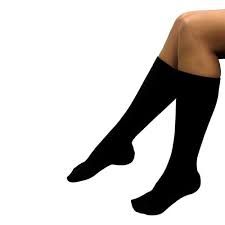
ComproGear Compression Stocking Sock plays a vital role in managing venous ulcers and venous diseases. Compression stockings are alternatively referred to as compression hose, support stockings, pressure stockings, gradient stockings, venous insufficiency compression stockings, or varicose veins compression stockings. Compression socks of 20-30mmHg compression are the most readily available and are meant to be used intraoperatively. To get the most out of these compression socks, you need to read about them in this article.
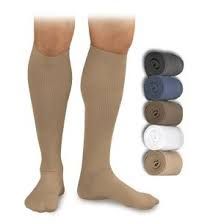
What are ComproGear Compression Sock Stockings (20-30mmHg Compression)?
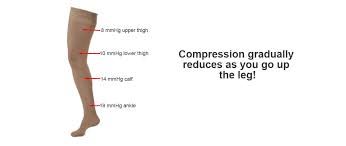
Graduated compression socks have been a prescription proven to help in preventing, managing, and treating many stages of venous insufficiency. The external graduated compression of ComproGear Compression Stocking Sock will act as a muscle layer by mildly squeezing the walls of the stretched vein together. This allows the valves to close then they will function properly. More so, the vein cavity is also reduced and blood flow will be restored to a normal state and aid overall circulation.

20-30mmHg compression level is a first medical grade compression that is mostly used for medical purposes. Offering firm compression, this level of compression works very well for the management of swelling in the legs, varicose veins, spider veins, sports, travel, and some post-surgeries. Even pregnant mothers wear 20-30mmHg compression stocking sock in different styles to suit both men and women.
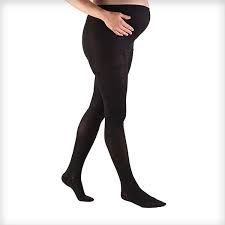
The styles these compression socks come in are ankle-high, knee-high, thigh-high, panty-hose, and maternity pantyhose.

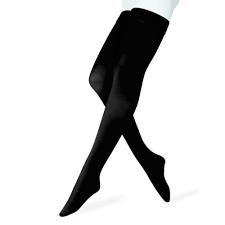
In addition, they also come in lovely fashion styles, sports sock styles, dress sock styles, and opaque styles.

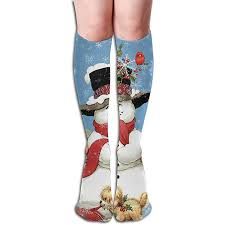
Reasons You Should Wear ComproGear Compression Stocking Sock

The uses of ComproGear range from preventing health issues to helping chronic illnesses. Athletes use these socks to improve their recovery time and performance, while some professions, like nurses, that require long standing and walking hours use them to improve circulation.

ComproGear compression hosiery with compression level of 20-30mmHg are not meant for just nurses or athletes, but for treating many medical conditions. They are used to enhance sport performance, aid surgery recovery, and relieve of the symptoms of serious illness.
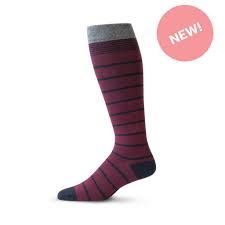
Here are some of the major reasons you should wear ComproGear compression stocking sock of 20-30mmHg compression. Compression socks can take an athlete to the next level.
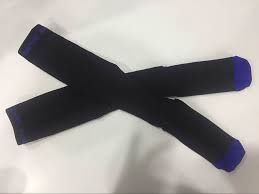
Compression socks with 20-30mmHg compression in sports
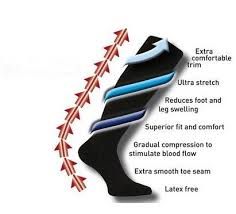
The firm compression offered by compression socks with 20-30mmHg compression is great for sports. The difference is felt as soon as you wear them to begin your sport activity. These socks help sports men and women to push farther, stronger, and faster by boosting the flow of oxygenated blood circulation in their legs and feet.
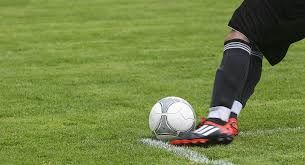
These compression socks help athletes perform optimally and also help to boost recovery after the exercise. During sports, you tend to use the muscles at an intense rate which can make them deplete and become fatigued. Rest after exercising.

To increase the efficiency of this process, it is important to wear ComproGear compression stocking sock (20-30mmHg compression). Apart from helping to increase blood flow to your limbs and speed up recovery, these socks can provide extra support.

Additionally, they serve as an extra layer of clothing to ensure you remain clean throughout your exercise, even when you are in the field.

Compression socks with 20-30mmHg compression in medical field
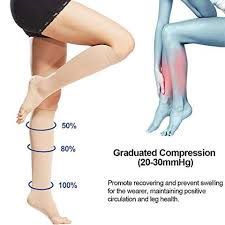
Compression stocking sock with 20-30 compression is the right medical device for improving venous blood return, preventing blood clots, and reducing leg swelling. The health benefits of this level of compression socks was made public in the 1950s. People experiencing some form of chronic illness or the other use these socks to help lessen some of these symptoms.
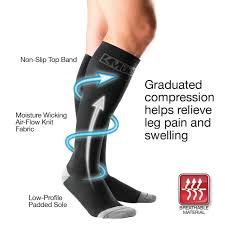
For instance, the pressure exerted by the compression socks will help lessen the pain from swelling while it is improving the flow of blood. With this graduated compression, the degree of pressure decreases upwards from the ankle to the leg. The purpose is to prevent blood pooling in the lower extremities, and also ensure that blood flows towards the heart. Here are some specific ways 20-30mmHg compression socks can benefit people with chronic or non-chronic health issues:
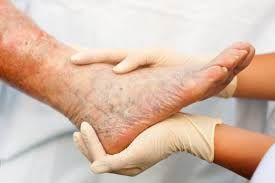
Surgical recovery
After surgery, 20-30mmHg compression socks are used to lessen the risk of blood clots forming. Patients who have just gone through a surgery will be immobile for a long time, and blood may start pooling in their legs. Sometimes, the veins also need some additional support pumping blood to your heart. With the gentle compression, blood will pump flow easily back to the heart. Laying immobile during recovery can be difficult on blood circulation. The veins will enjoy the extra push compression socks will provide in order to allow the free flow of blood.

Heart defects and cardiovascular disease during air travel
Economy class syndrome tends to occur during long flights. Blood flows slowly in the legs when you sit in a place for too long and may get cramped in tight spaces with changes in altitude. When this happens, clots will begin to form in the leg putting you at risk or stroke or death. People suffering from cardiovascular disease or heart defects should take signs of leg swelling in the ankle when traveling is a warning sign you should not ignore. These sock stockings can help to increase blood circulation and push blood back to the heart.

Edema
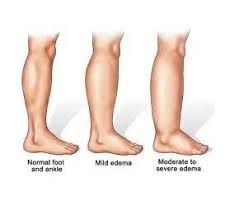
Edema, which is a painful condition, creates swelling around the calf and ankle. It also makes the skin shiny and stretched. Walking with edema can be very painful. With ComproGear Compression hosiery of 20-30mmHg compression, the swelling can be reduced and the pain can also be relieved. To achieve this, these compression socks prevent fluid in the tissue from building up.
Lymphedema

Lymphedema causes fluid retention and swelling of tissues in the legs. Treating this condition involves draining excess body fluid, bandaging, skin care, and physical therapy. In addition to these stages of treatment, compression stocking sock can also be used to help make the treatment more effective and prolong the results.
Pregnancy

During pregnancy, hormones could cause pain and swelling in the veins of the legs. Compression socks are great for providing comfort at a time like this. ComproGear will provide great compression stocking sock that will make it easier for you to go about your daily activities while pregnant.
Diabetes
One of the symptoms of diabetes is swelling of the legs. Wearing compression socks will protect your lower extremities from injuries and also help to reduce swelling. Graduated compression of 20-30mmHg can offer the right level of pressure to help treat this health condition. These socks can improve the nerve sensitivities and prevent swelling.
Anti-embolism Socks vs. Compression Socks
Most times, people make the mistake of using anti-embolism socks and compression socks synonymously. However, both are indeed very different from each other. It becomes increasingly necessary to differentiate between both anti-embolism stockings and compression stockings. Knowing what differentiates one from the other will help you choose correctly.

Anti-embolism stockings, also called TED hose, are designed for people who are confined to a bed or immobile. These white stockings are often seen on hospital patients after surgery or in nursing homes to help in preventing deep vein thrombosis. The socks do not offer enough support for ambulatory patients to counter all the effects of gravity. In addition, the only compression anti-embolism stocking sock offer is about 8-18mmHg compression. They cannot help with symptoms of varicose veins and venous disease. More so, they cannot be used to treat vein treatment or for supporting walking patients. Anti-embolism socks are made to last for about three weeks.
Compression stockings, on the other hand, are often prescribed for mobile or ambulatory patients that have circulatory problems. Some of these problems will require a level of compression that is higher than normal for treating conditions like venous insufficiency, varicose veins, and lymphedema. The people who are best suited for these garments are people who can walk unaided, or at least, with the help of a walking aid. Walking helps enhance the flow of blood while the compression stockings help to prevent pooling of excess blood in the lower extremities. Compression garments are in different gradient levels, with the most used for firm compression being 20-30mmHg compression. The greatest compression is at the ankle, where there is the greatest effect of gravity on the veins when standing. This compression reduces as you go upwards to the calf. Compression stocking sock should last for about 6 months if properly taken care of.
How to Buy Compression Stockings
Before buying your compression socks, call your prescription plan or health insurance. Then find out the following:
- Find out if your health insurance can pay for your compression stockings;
- Ask if the durable medical equipment benefit you have can pay for compression stocking sock;
- Get prescription from your healthcare provider;
- Go to a medical equipment store and ask them to measure your legs in order to get a very good fit.
Final Thoughts
ComproGear compression socks (20-30mmHg compression) are really all they are cracked up to be and even more. They have infiltrated the world of sports, medicine, and everyday life. Incorporating these socks in your daily routine will go a long way in making you healthier and free from some venous-related health issues.
This page last updated January 7, 2022
